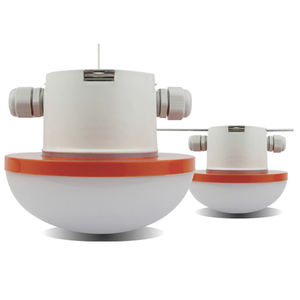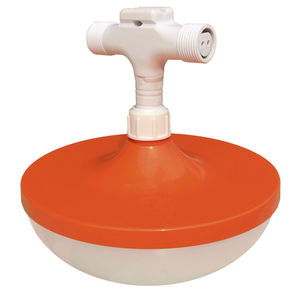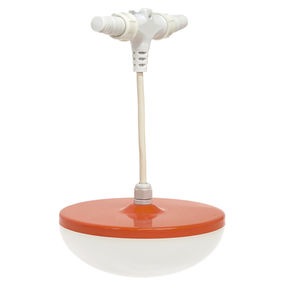
- Products
- LED light bulb
- Sinos Lifghting Limited

- Products
- Catalogs
- News & Trends
- Exhibitions
LED light bulb poultry house
Add to favorites
Compare this product
Do you want to buy directly? Visit our shop.
Characteristics
- Illumination technology
- LED
- Application
- poultry house
Description
Power:7W or 9W
Item No.:Wup
Color:2700-6000K,Red,Green,Blue
DIM to Red, DIM to Green,DIM to Blue
Waterproof LED Bulb
Description
What effect of the full color spectrum poultry lighting systems for the layers and broilers:
• Green LED increase the growth when the chickens at very young age.
• Blue LED has a claming effect on the chickens, it can enhance the growth at a older age and better food intake.
• Red LED reduce cannibalism and feather picking,increase egg production.
• Blue-green LED stimulates growth, enhance muscle growth.
• Orange-red LED stimulates reproduction.stimulates sexual maturity, enhances locomotion and prevents leg and foot disorders
Benefits of the LED Poultry Lighting SN-PLBULB-7W/9W for Layers and Broilers:
• Advanced 7W/9W led lights for poultry houses.
• Waterproof IP65 rate, it can suffer the high presssure cleaner when the farmers clean the barns.
• Increasing productivity.
• Improves animal welfare.
• Reduces the electricity bill.
• Increasing productivity.
• Improves animal welfare.
• Reduces the electricity bill.
• Replaces the old lamps.
• A wide 200 degree beam angle.
Science For The Chickens Vision
Chickens / birds have 4 cone cells, they see different light to human being (3 cone cells), their vision is most developed, the spectrum is also wider.
Apart from green ,they can see blue and red color at a higher intensity. We could offen see the chickens can easily find out the insects for food.
Chickens prefer to stay a dark place, if the poultry house lighting is too bright that may cause cannibalism and feather picking.
*Prices are pre-tax. They exclude delivery charges and customs duties and do not include additional charges for installation or activation options. Prices are indicative only and may vary by country, with changes to the cost of raw materials and exchange rates.





